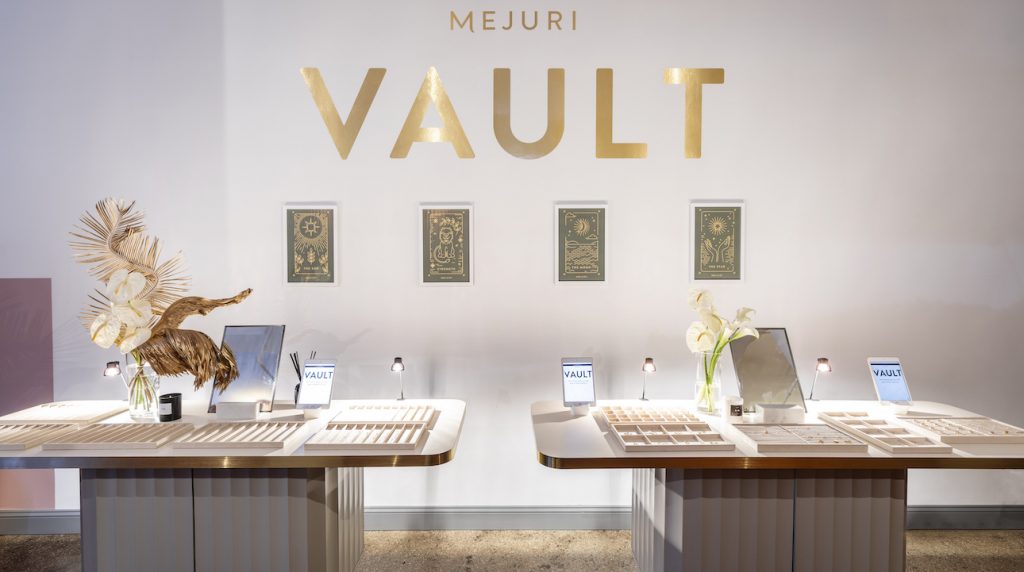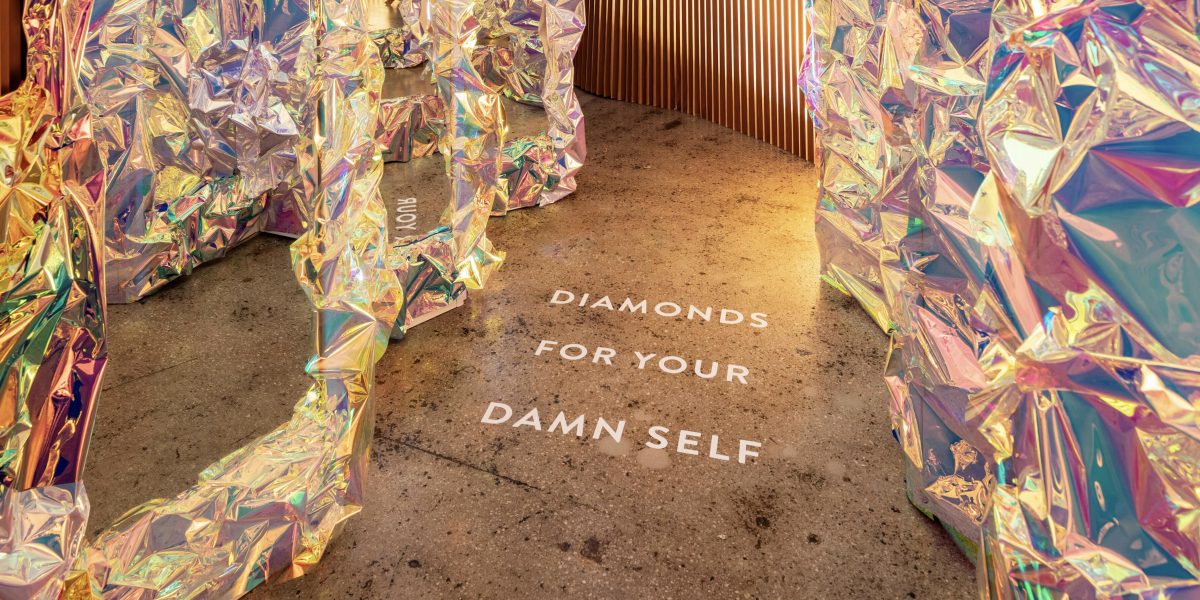Picture this: you walk into a store and immediately, you are ensconced in the scent of bergamot or pine or sweet vanilla – it’s subtle, but you wish your home smelt like that. On the speaker, you can hear a song that defined your teenage years. Suddenly, you feel nostalgic. You begin to browse through the racks luxuriously, humming the song to yourself. When you leave the store, you realise you stayed longer or bought more than you’d intended. And as months pass, you find yourself returning to the store. You’re not sure why – sometimes you don’t even go in to buy anything.
So, what exactly is it about this kind of store experience that keeps you coming back? Is it the chirpy music? Is it the fragrance?
Well, to a large extent, it’s all these things combined. This is the power of experiential marketing.
Experiential marketing, as de Farias et al (2014) show, is centred on the idea of the consumer as being not only rational, but also as being hedonic. This means that the consumer not only pursues a product or service but is also on the lookout for positive feelings – fun, excitement, nostalgia – which inevitably will influence their decision to purchase. This is where the store experience is key – and yet, we see that few brands pay little conscious thought to the entirety of their in-store experience.
This is myopic for many reasons, but it is especially dangerous at a time when footfall in physical stores is gradually rising, and customers are hungry for a memorable shopping experience, something that has been mostly out of bounds for two years now. How then can brands make the most of their physical spaces?
Well, most brands already have strong visual identities – colour schemes, feature walls, logo design. But what about sound and scent, two other key senses? Many brands have done the former by curating Spotify playlists for their stores, an example being American Eagle, which has nineteen Spotify playlists catering to its young target audience. Research has shown how important this is; music is able to create several different emotional states, from pleasure to nostalgia, which have been shown to lead to higher purchase intentions. For many brands, scent also remains an afterthought. And yet brands like Lush have distilled their product offerings into a fragrance blend that can be smelled metres away, luring both new and return customers into their stores.
In the past few years, the “Instagrammable store” has also become immensely popular. This store combines the five senses to create interactive touchpoints that have been designed to make a visitor linger and whip out their phones, while also guiding them on a journey through the space. By providing this kind of immersive store experience, brands can strengthen the link between their physical and digital channels, allowing for a seamless consumer experience.

Take popular jewellery brand, Mejuri, for example, whose immersive and highly Instagrammable NYC pop-up, “The Vault”, let visitors walk through a maze-like structure to different spaces, each of which explored a particular Mejuri collection. A tarot reading tent paid homage to the brand’s Tarot collection, for instance, while mirrors etched with humorous quotes described each zodiac sign in honour of its Zodiac collection. Every facet of this experience took the brand’s identity and presented it to consumers in a new, exciting way.
This kind of experience, as Mejuri’s post-popup success shows, can really cement brand identity in a consumer’s eyes. But what it really shows is how important it is to be in tune with the consumer’s needs and cultivate an authentic relationship with them beyond product offerings. Not only is creating an in-store experience a great way to differentiate oneself from competitors, but it also may well be the future of retail in a world that is rapidly moving online.
So, what are we waiting for?
If you’re interested in learning a bit more about this topic, check out this video about the power of in-store music.
By Kinjal Sheth
Sources:
- Jessica Furseth, 2017, Why Lush Stores Smell Like That
- De Farias et al, 2014, “Store Atmospherics and Experiential Marketing”
- Paul Fulberg, 2003, “Using sonic branding in the retail environment”
- Katie Richards, 2019, “How Mejuri is using pop-up stores as part of a multichannel retail strategy”



